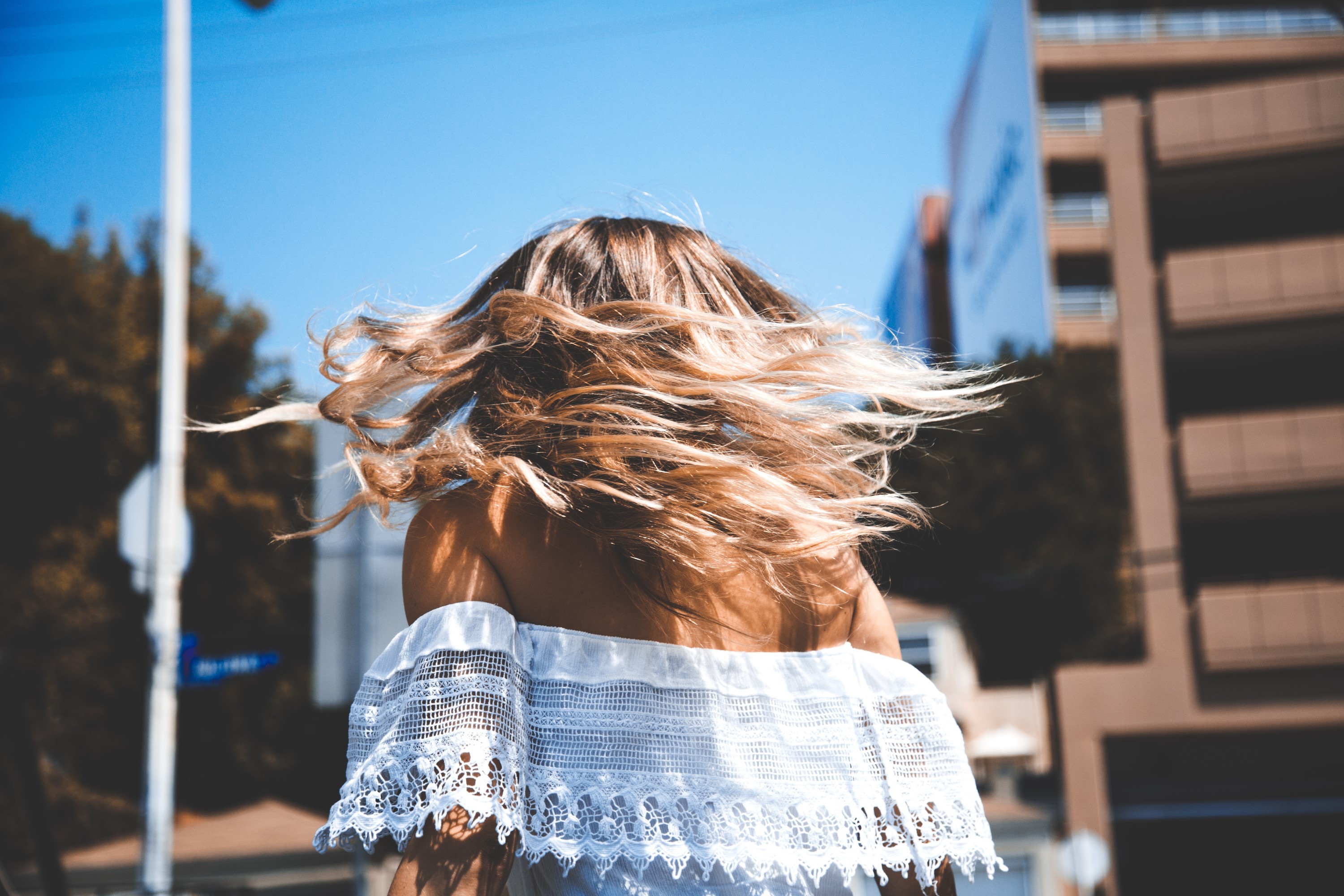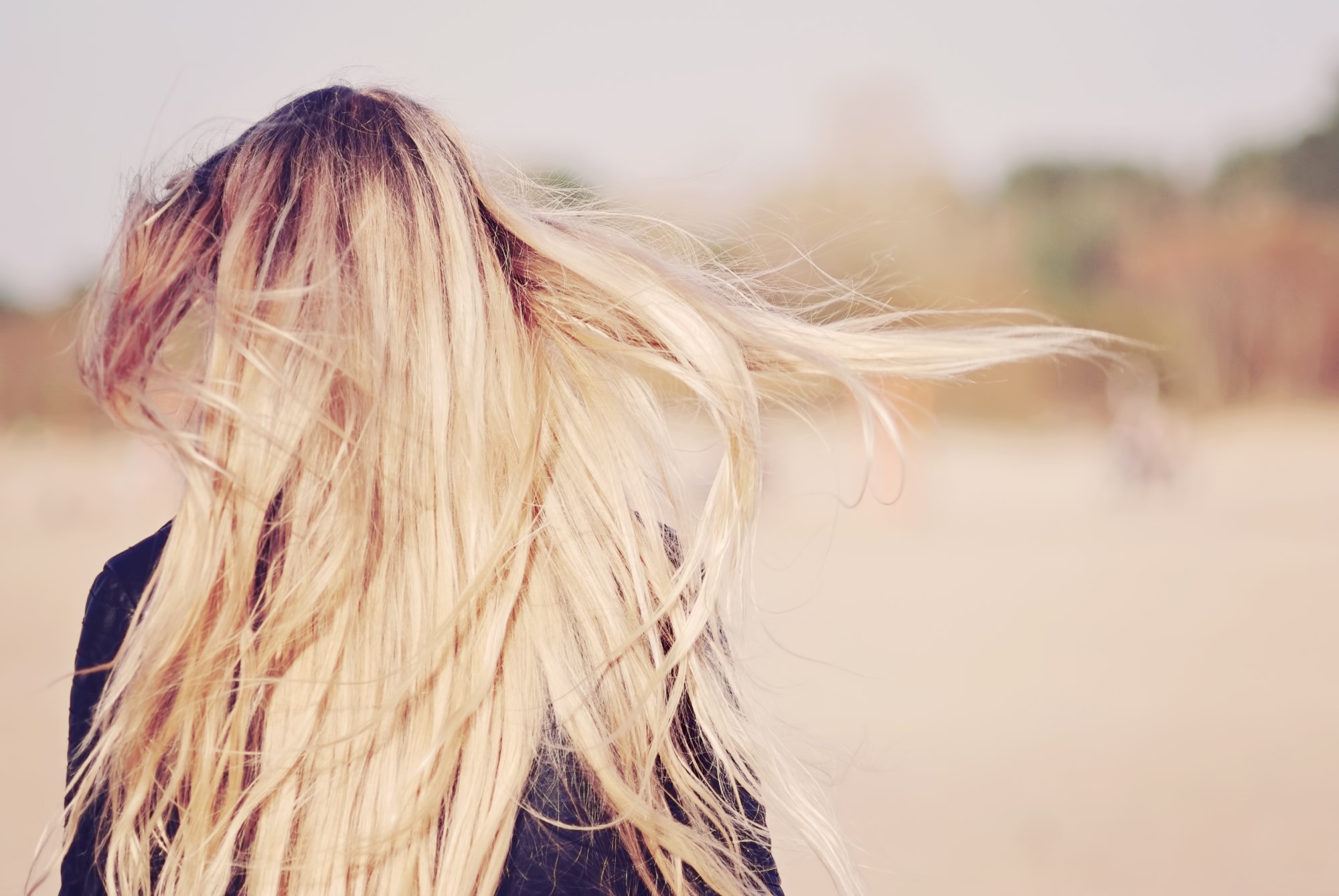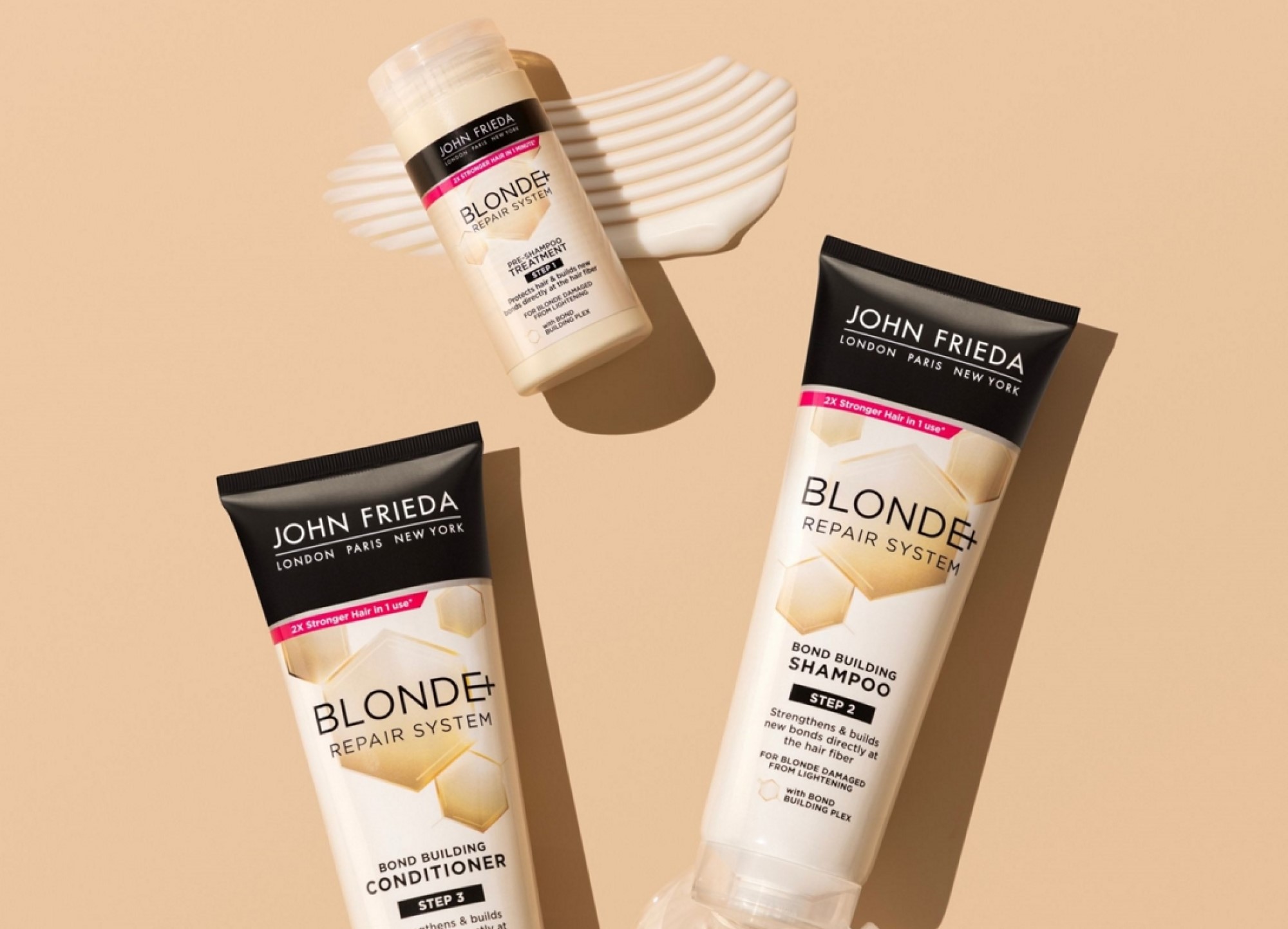-
- PRODUCT TYPE
- Shampoo
- Conditioner
- Treatments
- Stylers & Finishers
- Colour
- View All
GUIDE TO BLEACHING, AND BLEACHING YOUR HAIR AT HOME

Looking to lighten your locks? If you’re thinking about adding some highlights or going a few shades lighter, it’s likely you’ll need to bleach your hair with a bleaching agent to create your new look.
Here’s our full guide to what bleaching is - and how it affects your hair.
What is hair bleaching?
Hair bleaching is a chemical process that involves stripping the pigment (colour) from your hair strands, resulting in a lighter hair colour.
Each individual hair has different levels of pigment that the bleach needs to dissolve through, and your overall result is dependent on the condition and type of hair you have, as well as how dark your natural colour is.
The longer the bleach is left on your hair, the more pigment is dissolved, and the lighter your hair will become. Hair with existing blonde tones will find it easier to move towards a platinum shade, whereas darker shades like dark brunette or black will likely appear yellow or even a warm reddish hue after the first bleach application.
How does bleaching affect hair?
Bleaching your hair involves using strong chemicals to strip your hair’s natural pigments, leaving it lighter or completely colourless. The process disrupts your hair's structure, as it breaks down the protective outer layer and reduces moisture levels. This can lead to dryness, brittleness, and increased porosity, making hair more susceptible to damage from heat styling and environmental factors.
Bleach can also alter your hair's elasticity, making it prone to breakage, and over-bleaching or incorrect application can result in damage. If you’re not 100% sure about bleaching your hair at home, head to your local salon and enlist your stylist’s help.
Bleach works best on virgin, unprocessed and undamaged hair. It can also be time consuming, with the general rule of thumb being the darker the natural hair colour, the longer the bleaching agent will take to achieve your desired shade.

Greasy hair is the recommended hair condition for bleaching, as your hair’s natural oils are well-equipped to resist the bleaching process, and protect the scalp from chemical damage. We recommend bleaching hair at least 72 hours post-hair wash for ultimate protection.
Should I wash my hair after bleaching it?
We’d advise that you thoroughly wash your hair after bleaching it with a gentle shampoo to remove all traces of bleach.

Top tips for bleaching your hair at home

How to protect your hair after bleaching
How long does bleached hair last?
In comparison to other dyes, hair bleaching is a permanent process which cannot be washed away over time. This is because the melanin, which gives your hair its colour, is stripped away from the hair during the bleaching process.
If you’re not happy with your bleached hair, you can either wait for it to grow out, or alternatively get balayage or highlights to help your natural colour shine through. We’d advise you to consider professional assistance for any kind of colour correction.
Getting lighter hair without bleaching
If you’re a bit nervous about bleaching your hair but you want a lighter, brighter blonde, our Go Blonder range could be your perfect fit. Wash your hair with our Lightening Shampoo and Lightening Conditioner for natural looking, lighter blonde, and use our Go Blonder Lightening Spray to permanently lighten blonde hair by up to two shades.
When all three products are used together, our expertly-crafted 3X Blondecare system gently lightens, nourishes and protects natural and coloured blonde hair for radiant, soft blonde.

How to tone brassy bleached hair
If your lightened locks start to go brassy with unflattering yellow or orange pigments and the ashy hues have turned warm, you’ll need to neutralise those undesirable tones.
The key is to use a purple shampoo to banish brass. Our Violet Crush range has been expertly-developed to help blondes restore cool, ashy, beige tones - use our Violet Crush Shampoo and Violet Crush Conditioner to gently restore cooler tones and care for your hair, and try our Violet Crush Intensive Purple Shampoo to knock out brassy tones in just one wash.


